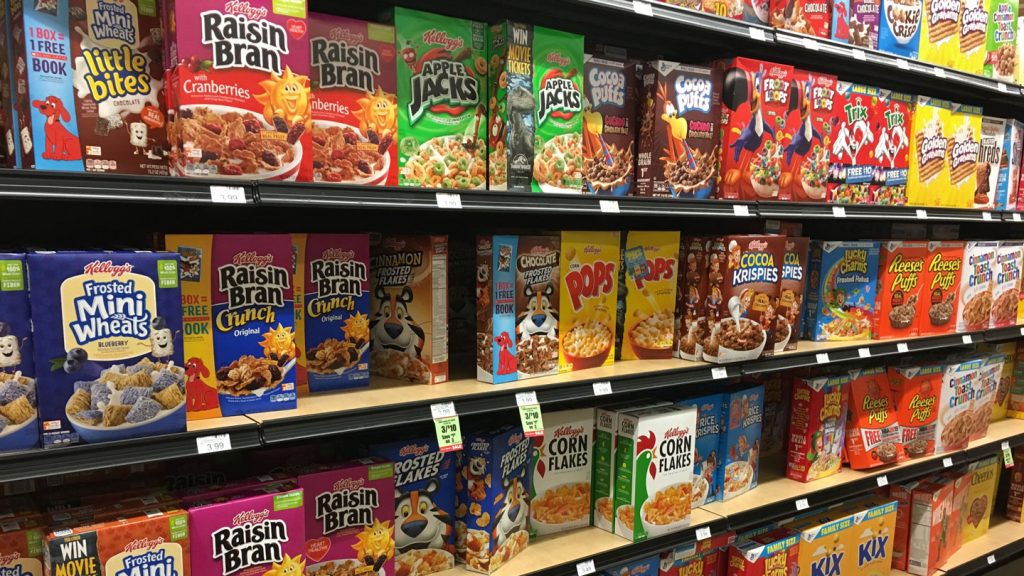Synthetic food dyes have been under scrutiny recently due to concerns about their links to neurobehavioral issues in children. California recently passed a law banning public schools from serving or selling foods containing six synthetic food dyes, set to be implemented in 2028. This move has sparked protests and renewed criticism, as some manufacturers have not fulfilled their commitment to removing synthetic dyes from their products. Despite these bans, the U.S. Food and Drug Administration still allows the use of these dyes, citing insufficient evidence of a link between synthetic dyes and issues like ADHD, hyperactivity, and lack of focus.
The use of synthetic dyes in food products is widespread, making it challenging for consumers to discern which foods may contain these dyes and whether they should be avoided. Experts believe that some children may be more susceptible to the effects of synthetic dyes than others, even though the evidence is limited. Advocates of the California School Food Safety Act hope that other states will follow suit, prompting food manufacturers to reconsider their recipes and prioritize the safety of public school students. By removing synthetic food dyes from school foods, children may experience a better learning environment and be able to focus more effectively, according to experts.
Synthetic food dyes are used to add color to food products, with no nutritional value or preservation benefits. These dyes are commonly found in candies, cereals, and other products marketed towards children, making them more visually appealing and attractive to young consumers. It can be challenging for consumers to identify products containing synthetic dyes, as they are often listed in fine print on ingredient labels. Some common grocery store staples that may contain synthetic dyes include baked goods, snack foods, candies, cereals, and beverages.
The potential harmful effects of synthetic dyes have been a topic of discussion for decades, with some studies suggesting a link between food dyes and neurobehavioral issues in children. Animal studies have shown a clear connection between synthetic food dyes and neurobehavioral effects, with some animals exhibiting hyperactivity or memory loss after exposure to certain dyes. California’s decision to ban six synthetic dyes was based on a report analyzing clinical trial studies, which showed a credible link between synthetic dyes and behavioral outcomes in children. However, it is challenging to confirm a direct causal relationship between synthetic dyes and neurobehavioral issues in humans.
There is controversy surrounding California’s decision to ban synthetic dyes, with some experts arguing for consistency in food regulations across states and federal agencies. The FDA maintains that there is no causal link between synthetic dyes and unwanted behaviors in children, based on their review of available scientific literature. However, the California Health Assessment found an associative link between synthetic dyes and behavioral issues, prompting the ban in public schools. While there may not be definitive causal data, proponents of the ban argue that there is sufficient evidence to warrant taking action to protect public health, particularly in school environments.
Overall, the use of synthetic food dyes in food products has come under scrutiny due to concerns about their potential effects on children’s behavior. While the evidence linking synthetic dyes to neurobehavioral issues is limited, some states have taken action to ban these dyes in public schools. The debate surrounding synthetic food dyes highlights the need for further research and regulations to ensure the safety of consumers, particularly children. As the conversation continues, it remains important for consumers to be aware of the presence of synthetic dyes in food products and make informed choices about their dietary consumption.


